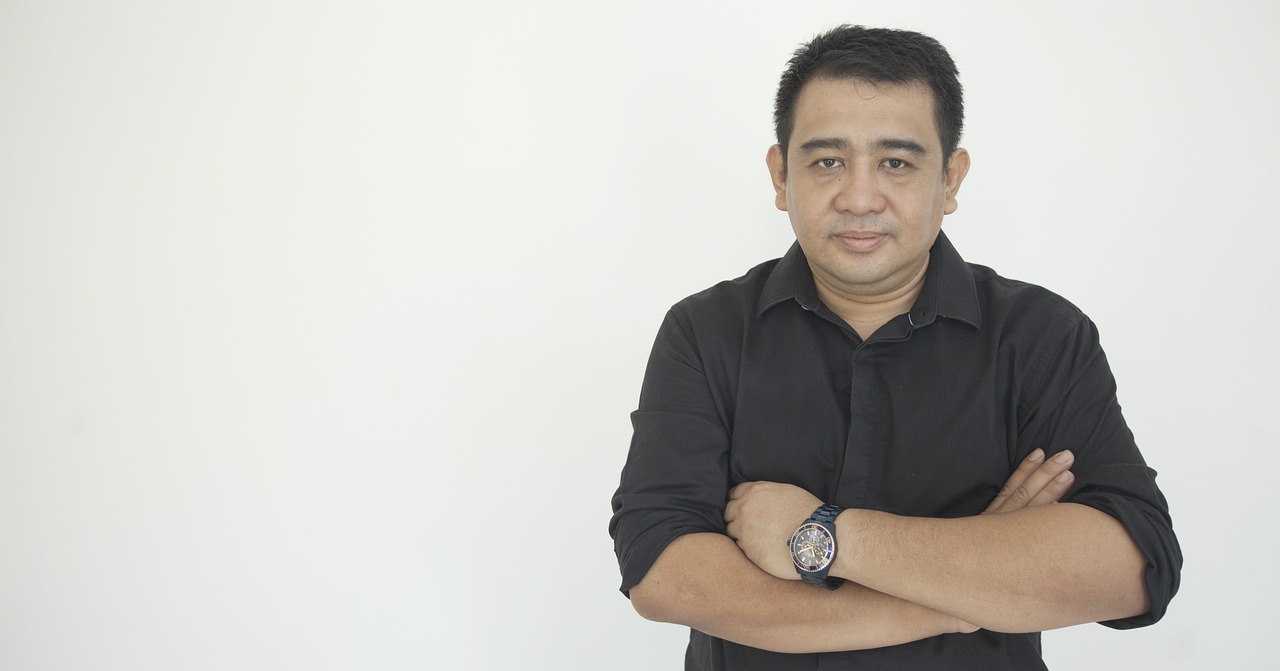Exploring Traditional Chinese Medicine: Ancient Wisdom in Modern Healthcare
Traditional Chinese Medicine (TCM) is a comprehensive medical system that has been practiced for thousands of years in China. It encompasses various therapies such as acupuncture, herbal medicine, cupping, and qigong. TCM is rooted in the belief that the body’s vital energy, known as Qi, flows through meridians, and disease arises when there is an imbalance or blockage in this energy flow.
One of the fundamental principles of TCM is the concept of Yin and Yang, representing opposite forces that are interconnected and interdependent. The balance of Yin and Yang in the body is essential for maintaining health and preventing illness. TCM also emphasizes the importance of treating the individual as a whole, taking into account not only the physical symptoms but also the emotional and environmental factors that may contribute to the imbalance.
History and Origins of Traditional Chinese Medicine
Historical evidence suggests that Traditional Chinese Medicine has been practiced for over 2,500 years. It originally developed from ancient philosophical beliefs and was influenced by the observations and experiences of countless generations of Chinese healers. The origins of this holistic approach to health and wellness can be traced back to the ancient Chinese concept of the balance between yin and yang, as well as the harmonious flow of qi, or life energy, through the body.
The Yellow Emperor’s Inner Canon, or the Huangdi Neijing, is considered one of the earliest and most important texts in Traditional Chinese Medicine. Compiled during the Warring States period (475-221 BCE), this foundational work outlines the basic principles of Chinese medical theory and practice. It emphasizes the interconnectedness of the body, mind, and spirit, as well as the importance of maintaining balance and harmony within the individual to achieve optimal health.
Key Principles of Traditional Chinese Medicine
Traditional Chinese Medicine (TCM) embraces the principle of Yin and Yang, two complementary forces that exist in the universe and in the body. The balance and harmony between Yin and Yang are believed to be essential for maintaining good health. In TCM, Yin represents the passive, dark, and cold qualities, while Yang embodies the active, bright, and hot characteristics. The interplay of Yin and Yang within the body is thought to underlie various health conditions, and the goal of TCM is to restore balance between these forces through treatment modalities such as acupuncture, herbal medicine, and dietary therapy.
Another key principle of TCM is the concept of Qi, the vital energy that flows through the body along specific pathways known as meridians. According to TCM theory, disruptions in the flow of Qi can lead to illness or pain. By stimulating acupuncture points along the meridians, TCM practitioners aim to regulate the flow of Qi and restore health. In addition to acupuncture, other TCM therapies such as cupping and moxibustion are also used to address imbalances in the flow of Qi and promote healing.
• Traditional Chinese Medicine (TCM) embraces the principle of Yin and Yang
• Balance and harmony between Yin and Yang are essential for good health
• Yin represents passive, dark, and cold qualities while Yang embodies active, bright, and hot characteristics
• TCM aims to restore balance between Yin and Yang through acupuncture, herbal medicine, and dietary therapy
• Another key principle of TCM is the concept of Qi, the vital energy that flows through the body
• Qi flows along specific pathways known as meridians in TCM theory
• Disruptions in Qi flow can lead to illness or pain
• Stimulating acupuncture points along meridians regulates Qi flow and restores health
In addition to acupuncture:
– Cupping therapy is used in TCM to address imbalances in Qi flow
– Moxibustion is another TCM therapy used to promote healing by regulating Qi
What is Traditional Chinese Medicine?
Traditional Chinese Medicine (TCM) is a holistic system of medicine that has been practiced for thousands of years in China. It includes various practices such as acupuncture, herbal medicine, cupping, and tai chi.
What is the history and origins of Traditional Chinese Medicine?
TCM has its roots in ancient Chinese philosophy and has been influenced by Taoism and Confucianism. It has been practiced in China for over 2,500 years and is based on the concept of balancing the body’s energy, known as qi.
What are the key principles of Traditional Chinese Medicine?
The key principles of TCM include the concepts of yin and yang, the five elements, the meridian system, and the importance of maintaining balance and harmony within the body in order to achieve health and wellbeing.







